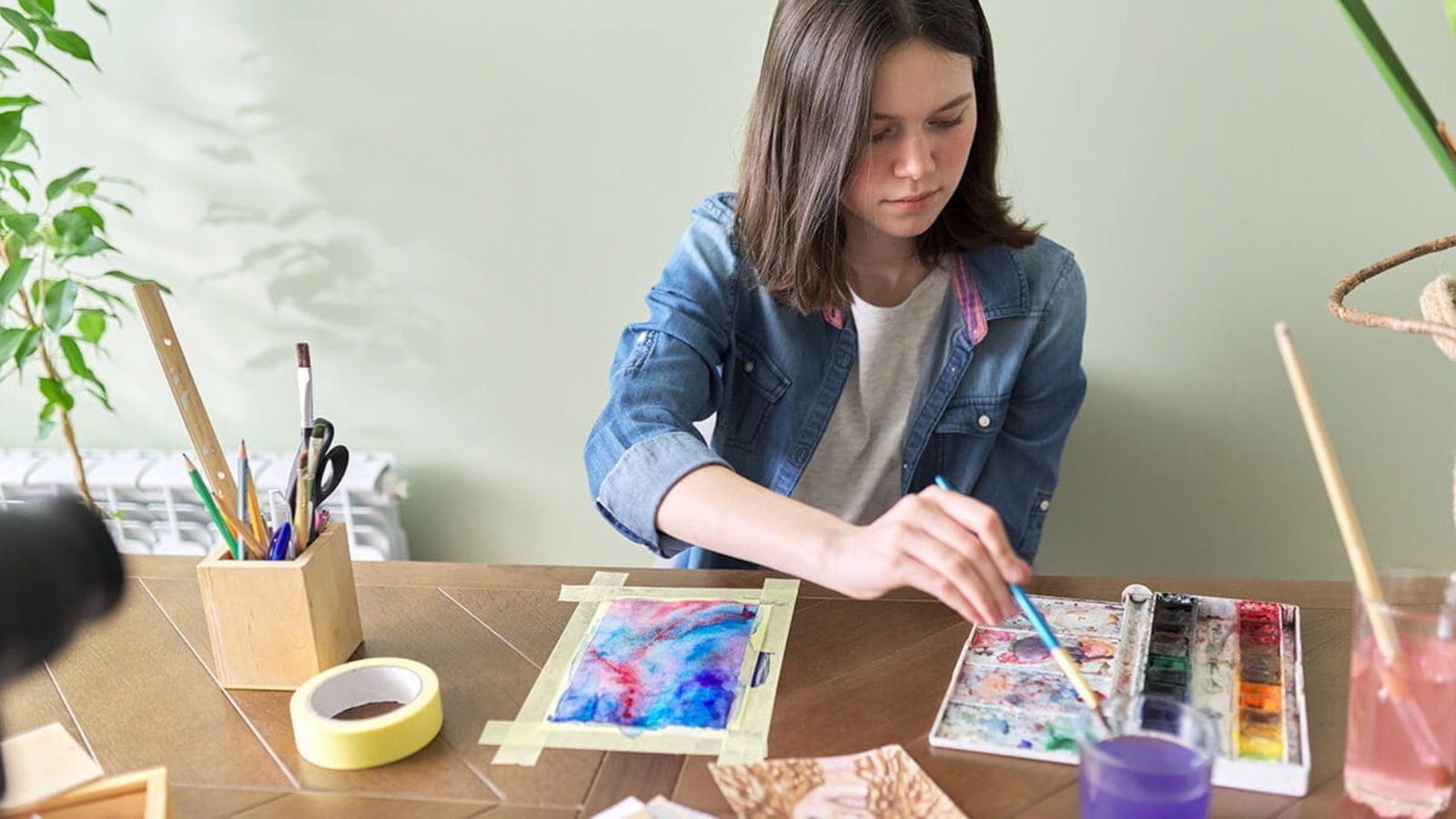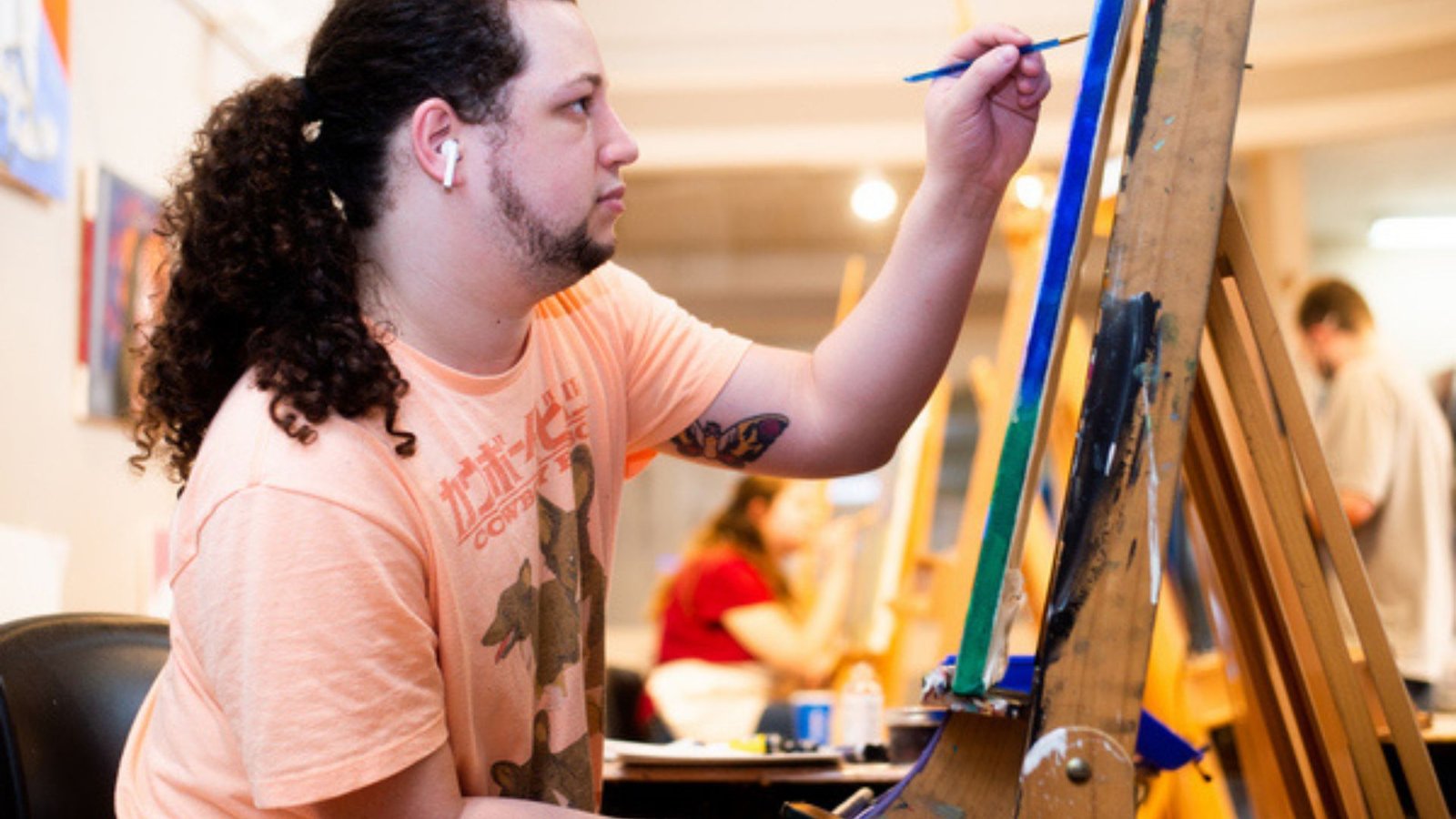|
Getting your Trinity Audio player ready...
|

1. Digital Art Revolution
To begin with, with advancements in technology, digital art has emerged as a prominent trend in contemporary visual arts. Artists harness digital tools and software to create mesmerizing artworks, blurring the lines between traditional and digital mediums. From digital paintings to multimedia installations, the possibilities are endless in this ever-expanding realm.
2. Environmental Consciousness
In response to growing environmental concerns, many artists are using their platforms to address ecological issues through visual arts. Eco-art, sustainable installations, and artworks crafted from recycled materials are gaining traction, sparking conversations about climate change and conservation.
4. Immersive Experiences
Furthermore, in an age of experiential art, immersive installations and interactive exhibits are captivating audiences worldwide. From large-scale projections to virtual reality experiences, artists are creating immersive artworks that engage multiple senses and transport viewers to otherworldly realms.
6. Hybrid Art Forms
As boundaries between artistic disciplines blur, hybrid art forms are gaining popularity among contemporary artists. Combining elements of visual arts with performance, technology, music, and more, these interdisciplinary artworks offer unique and multifaceted expressions of creativity.
7. Art as Therapy
In an increasingly stressful world, art therapy and expressive arts are gaining recognition for their therapeutic benefits. Visual artists are exploring the healing power of art, using creativity as a tool for self-expression, mindfulness, and emotional well-being.
8. Nostalgia and Retro Aesthetics
In a nod to the past, many artists are embracing nostalgia and retro aesthetics in their works. Vintage-inspired illustrations, throwback photography techniques, and retro-themed installations evoke feelings of nostalgia and celebrate bygone eras.
9. Virtual Exhibitions and Online Platforms
The proliferation of virtual exhibitions and online platforms has democratized access to art and expanded the reach of artists beyond traditional gallery spaces. Artists are embracing digital platforms to showcase their works, connect with audiences, and sell their art online. Virtual galleries, online art marketplaces, and social media platforms provide artists with new opportunities to engage with collectors, curators, and art enthusiasts from around the world.
10. Art as Activism
Art has long been used as a tool for activism, advocating for social justice, human rights, and political change. Artists are addressing pressing social issues, such as racial inequality, gender discrimination, and environmental activism, through their artworks. From protest art and guerrilla street interventions to socially engaged projects and community organizing, art activism challenges the status quo and inspires collective action.
Diversity and Inclusion
The push for diversity and inclusion in visual arts extends beyond representation to encompass diverse perspectives, narratives, and artistic practices. Artists from underrepresented communities are reclaiming their narratives and challenging stereotypes through their artworks. In addition, collaborative projects, community-based initiatives, and inclusive exhibitions are fostering dialogue and solidarity within the art community.
Socially Engaged Art
Moreover, socially engaged art goes beyond aesthetic considerations to address social, political, and humanitarian issues. Artists are collaborating with communities, activists, and organizations to create art projects that provoke dialogue, raise awareness, and instigate social change. Whether through public interventions, community workshops, or online activism, socially engaged artists are using their platforms to amplify marginalized voices and advocate for justice.
Conclusion
In conclusion, the world of visual arts is a dynamic and ever-evolving landscape, shaped by a diverse range of trends and influences. From digital art to eco-conscious installations, artists continue to push boundaries. Additionally, they challenge conventions and inspire audiences with their creativity and innovation. As we navigate an increasingly complex and interconnected world, visual arts serve as a powerful medium for reflection, expression, and societal transformation.
You might also be interested in the following:
- The Best Art Designs in 2024
- Different Types of Art
- Visual Art: A Journey Through Creativity
- Popular New Art Platforms that Use AI to Generate Beautiful Images

